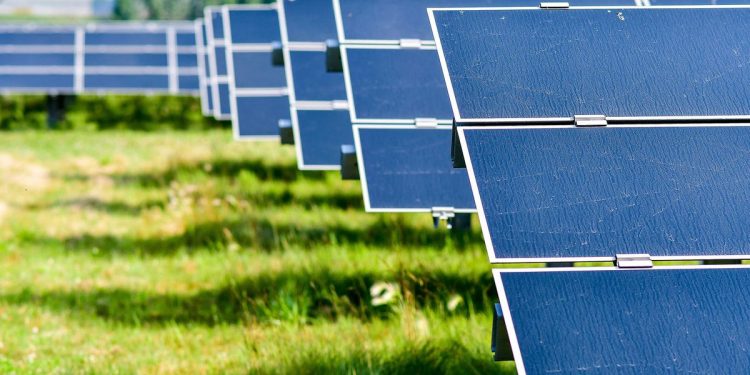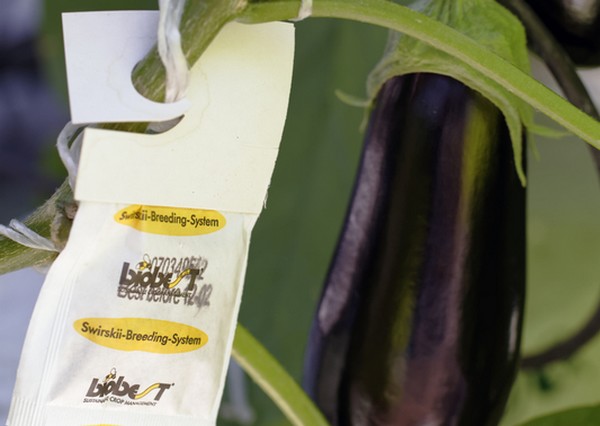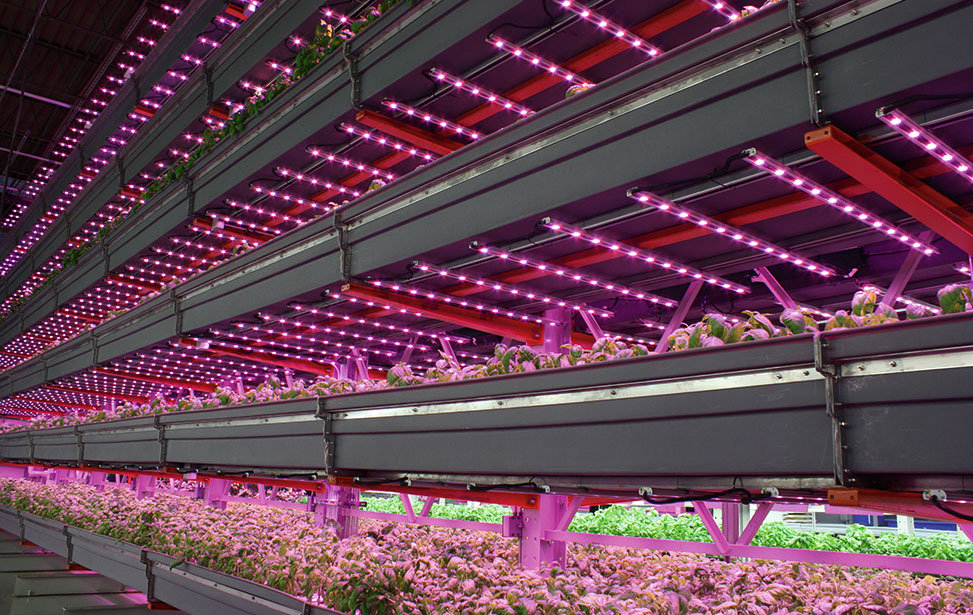#Agrovoltaics #Agriculture #SolarEnergy #SustainableFarming #RenewableEnergy #CropYields #LandUseEfficiency
Agrovoltaics is a sustainable and innovative approach to farming that combines agricultural practices with solar energy production. This article will explore the benefits of agrovoltaics, how it works, and its potential to revolutionize the agriculture industry.
As the world’s population continues to grow, the demand for food and energy is increasing. The agricultural sector is already facing significant challenges such as climate change, water scarcity, and soil degradation. At the same time, the energy sector is seeking alternative sources of renewable energy. Agrovoltaics is a solution that addresses both challenges simultaneously.
Agrovoltaics involves the installation of solar panels on agricultural land, where crops are grown underneath. The panels provide shade, reducing evapotranspiration and water usage, which can lead to increased crop yields. The shade also creates a microclimate that is beneficial for certain crops, such as leafy greens, that require cooler temperatures. In addition, the solar panels produce clean energy, which can be used on the farm or sold back to the grid.
According to a study by the University of Arizona, a tomato farm that used agrovoltaics had a 65% increase in yield compared to a traditional farm. Another study by the Fraunhofer Institute for Solar Energy Systems found that agrovoltaics increased land use efficiency by up to 60%, as the same land was used for both agriculture and energy production.
Agrovoltaics has the potential to revolutionize the agriculture industry by creating a sustainable and efficient system that produces both food and energy. It can also help farmers to diversify their income streams by selling excess energy back to the grid.
In conclusion, agrovoltaics is an innovative solution that combines agriculture and renewable energy production, providing a range of benefits such as increased crop yields, land use efficiency, and clean energy. As the demand for food and energy continues to increase, agrovoltaics offers a promising solution for sustainable agriculture.
Tags:










